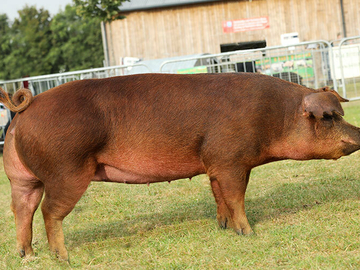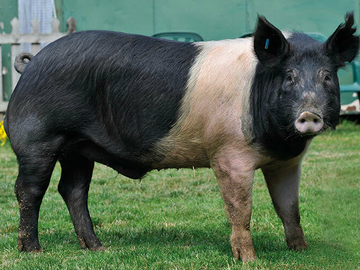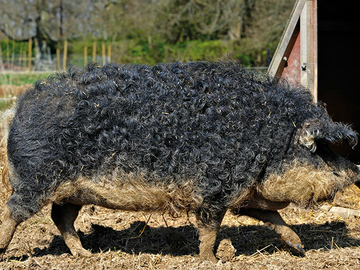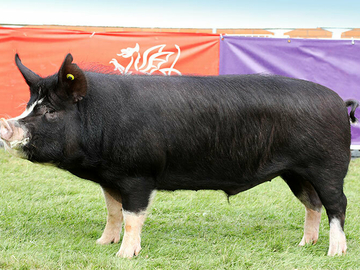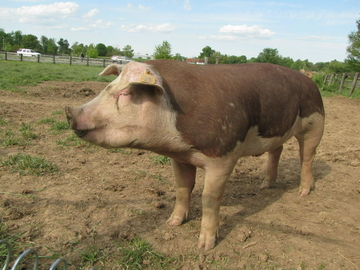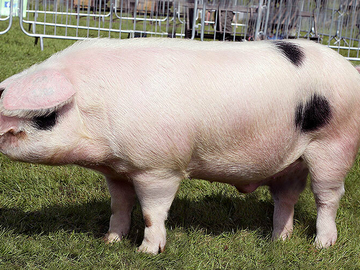
Swine Interaction

Swine Terminology
Gilt: Young female that hasn’t had a litter of piglets yet
Boar: Not neutered male
Piglet: Baby pig
Barrow or Hog: neutered male
Farrow: Giving birth
Weaner: A piglet that has been weaned (no longer drinking milk)
Suckling pig: A piglet that is still drinking milk
Swine Interaction
Here we discuss the basics of caring for pigs in a backyard setting. We observe some important management practices including hoof and tusk trims!

Swine Vitals
Temperature: 38.7 – 38.8C
Heart Rate: 70 – 120 beats per minute
Respiration Rate: 32 – 58 breaths per minute



